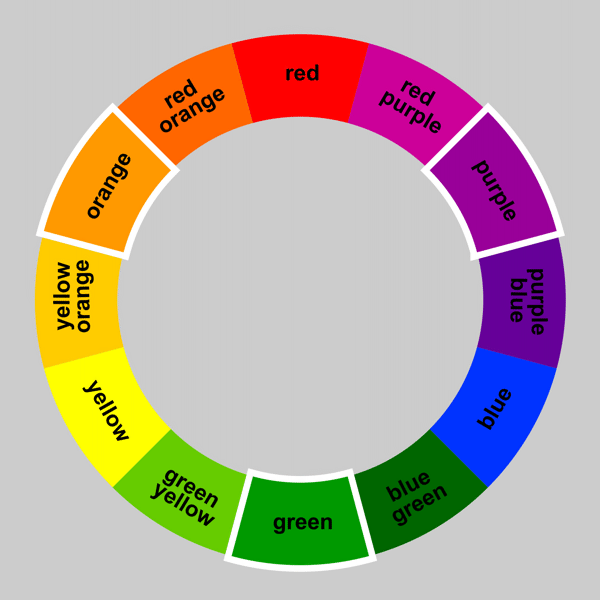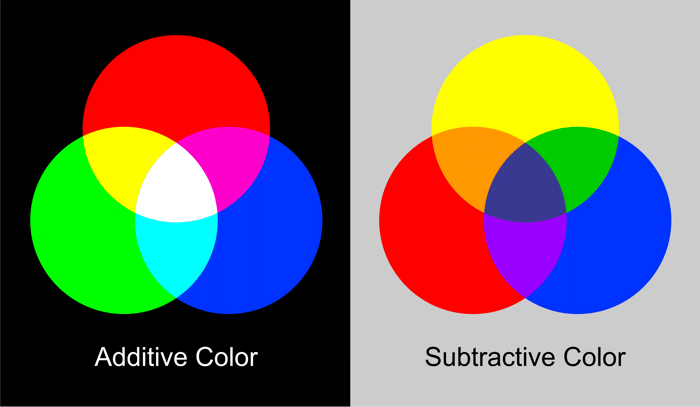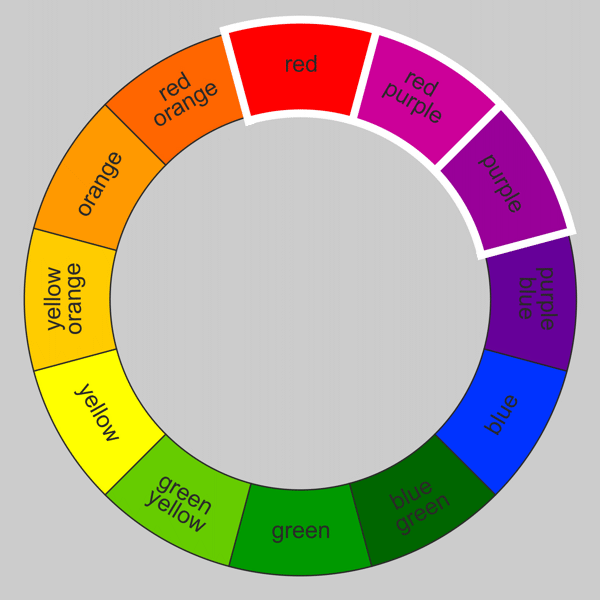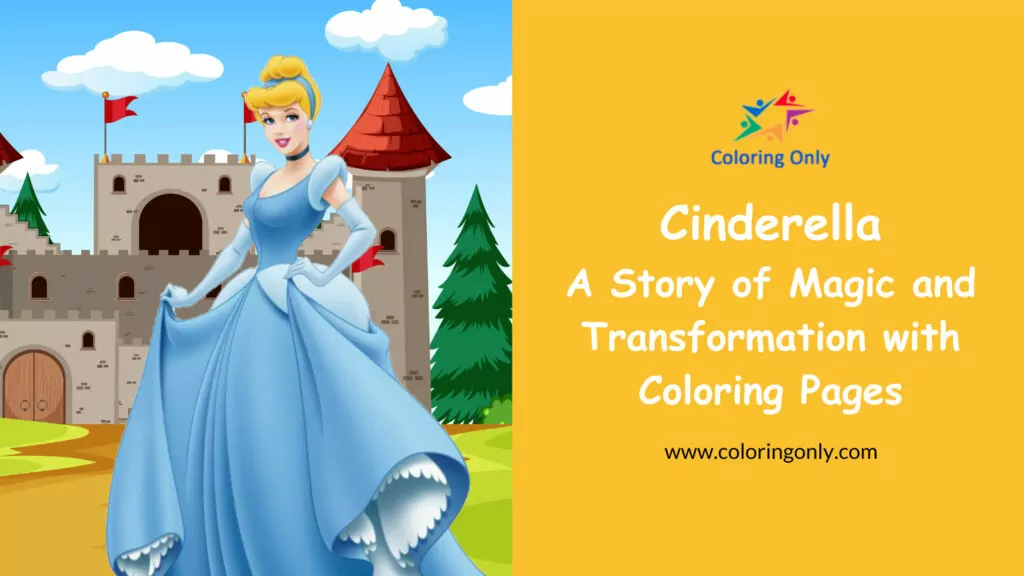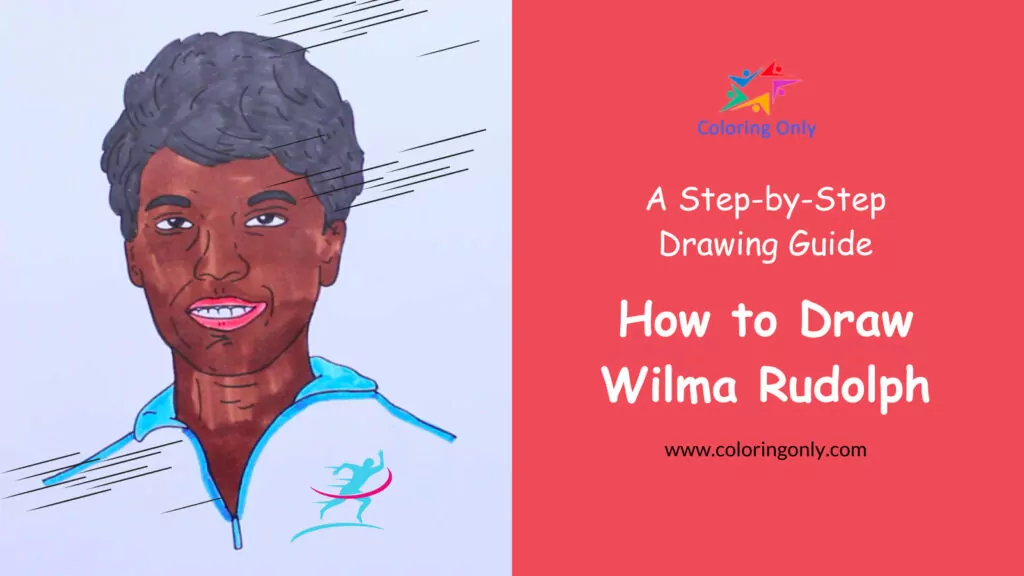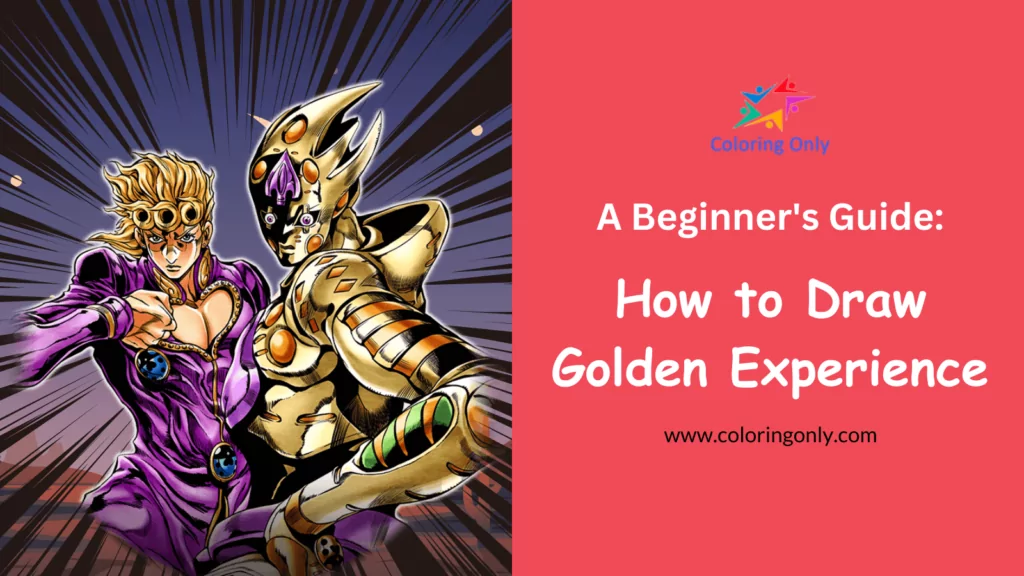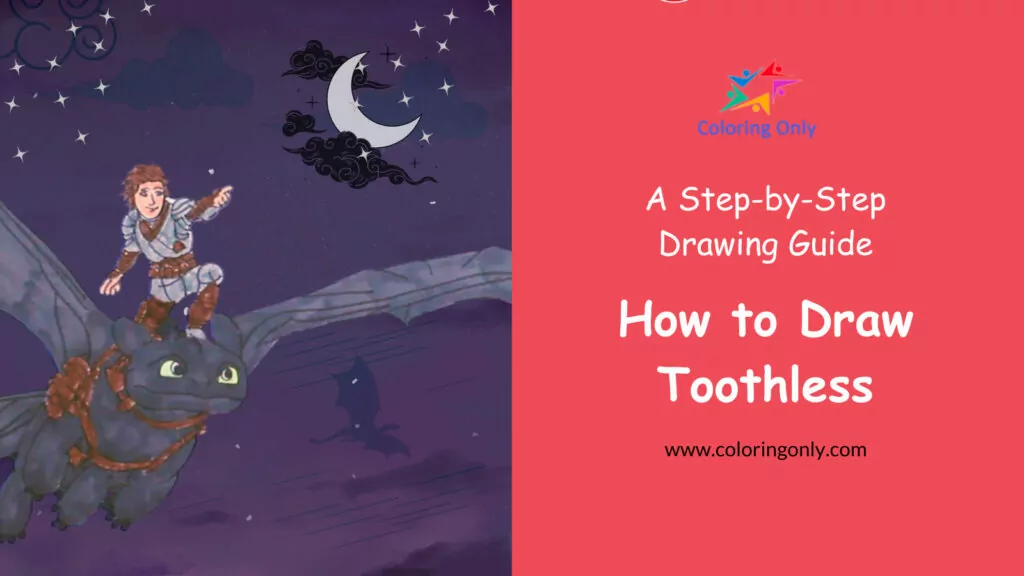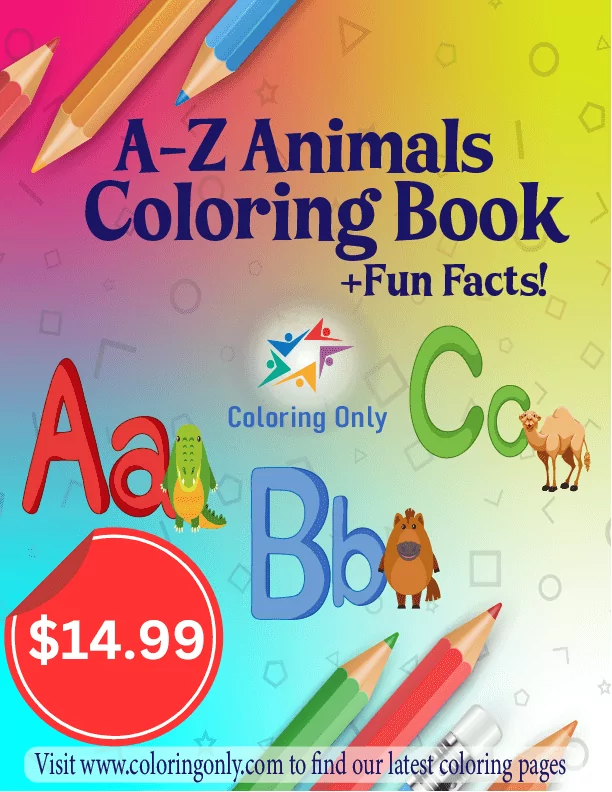
In art and design, understanding colors and their meanings is crucial. Color is more than just a visual experience; it is an essential color element of art that conveys emotions, sets moods, and creates harmony. This article explores various aspects of color in art, including color theory, the color wheel, and the different types of colors and their relationships.
Primary Colors
What are Primary Colors?
Primary colors form the base for all other colors. They include red, yellow, and blue. These colors cannot be created by mixing other colors together but are used to mix all other hues.
Secondary Colors
How to Create Secondary Colors
Secondary colors are made by mixing two primary colors.
These include:
- Orange (red + yellow)
- Green (yellow + blue)
- Purple (blue + red)
Tertiary Colors
The Subtleties of Tertiary Colors
Tertiary colors are more complex hues created by mixing a primary color with a secondary color adjacent to it on the color wheel. Examples include:
- Red-Orange
- Yellow-Green
- Blue-Purple
Additive and Subtractive Color Models
Additive Color
The additive color model involves the mixing of colored light. This model is commonly seen in devices such as television screens and computer monitors, where the primary colors are red, green, and blue. By combining these colors in different ways, a wide range of hues can be produced.
Subtractive Color
In contrast, the subtractive color model involves the mixing of pigments, inks, dyes, or paints. Red, yellow, and blue are the traditional subtractive primary colors. When these colors are mixed, they absorb (or subtract) wavelengths of light, producing a variety of other colors. This article focuses on subtractive color terms as they are most relevant to painting and other physical media.
The Spectrum
The spectrum of colors is the range of colors visible in a rainbow: Red, Orange, Yellow, Green, Blue, Indigo, and Violet (often remembered by the mnemonic ROY G BIV). These colors are arranged in their natural order and form the basis for understanding more complex color relationships.
The Color Wheel
The color wheel is a round diagram that shows how different colors relate to each other. It is a fundamental tool in color theory and helps artists and designers understand how colors interact with each other.
Analogous Colors
Harmonious Analogous Colors
Analogous colors are sets of three colors next to each other on the color wheel. These colors typically match well. They create calm and cozy designs. For example:
- Red, Red-Orange, Orange
- Blue, Blue-Green, Green
Opposite and Complementary Colors
The Impact of Complementary Colors
Opposite colors, also known as complementary colors, are directly opposite each other on the color wheel. These pairs create the most significant contrast and vibrant look. Examples include:
- Red and Green
- Blue and Orange
- Yellow and Purple
Complementary colors are used to make elements stand out and are often seen in dynamic and attention-grabbing designs.
Understanding colors and their meanings is essential for anyone involved in color art or design. By mastering the color element of art, artists and designers can create works that evoke specific emotions and reactions. The color wheel and the principles of additive and subtractive color models are fundamental tools in this creative process. Whether you are mixing primary colors to create secondary and tertiary hues or using complementary colors to create contrast, the knowledge of color theory is invaluable in the world of art and design.


